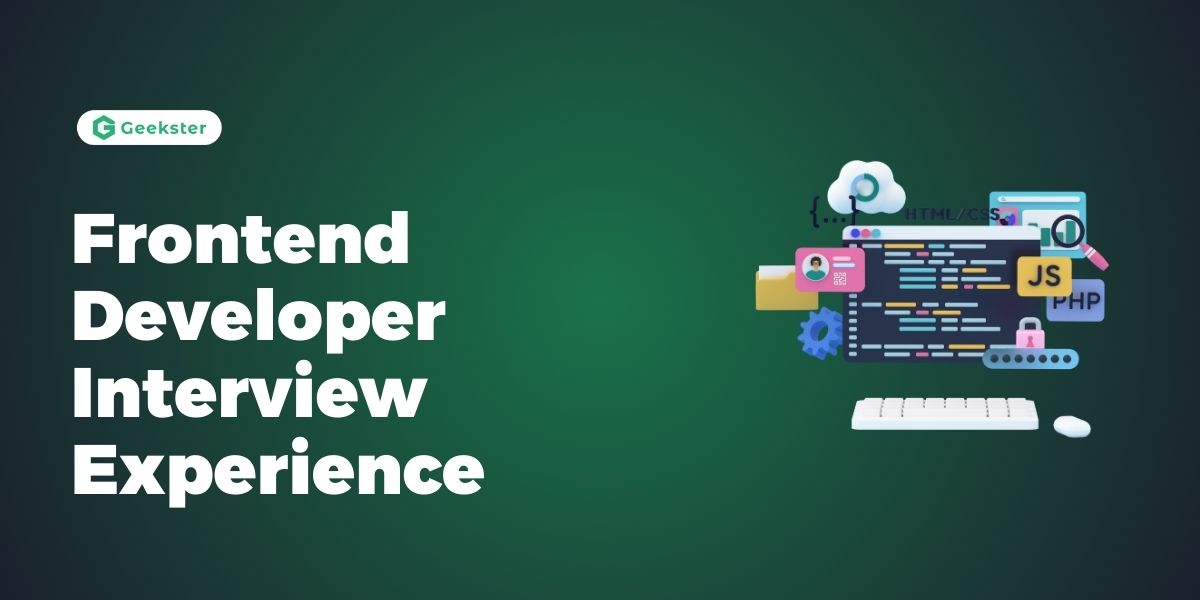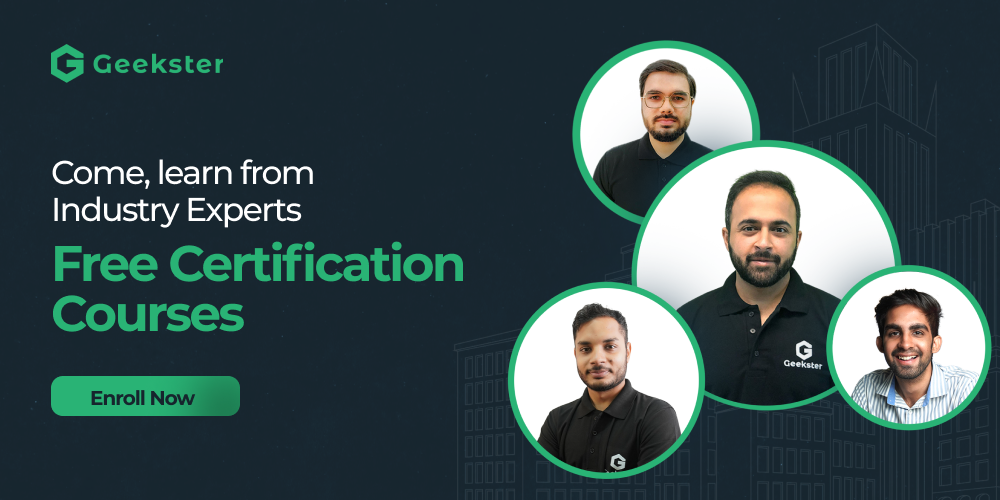Introduction
Applying for a frontend developer position involves a structured process to assess technical skills, problem-solving abilities, and cultural alignment with the company. Here’s a detailed account of my experience:
Application Process
I applied for the frontend developer role through the company’s official platform, submitting my resume, cover letter, and completing an online application form detailing my educational background and relevant experience.
Interview Rounds
The interview process for the frontend developer position typically includes several rounds to evaluate different aspects of your skills and fit for the role:
- Resume Screening
- Technical Assessment
- Technical Interview
- Project Presentation (if applicable)
- HR Interview
Resume Screening
Evaluation: The initial stage involved a review of my resume to assess my educational qualifications, work experience, and relevant skills in frontend development. The focus was on matching my experience with the job requirements, including proficiency in HTML, CSS, JavaScript, and frameworks like React or Angular.
Criteria: Key criteria included hands-on experience in frontend development, familiarity with responsive design principles, and previous projects demonstrating problem-solving skills in web development.
Outcome: My resume passed the screening phase, allowing me to proceed to the next stage.
Online Assessment
Type: Conducted Online
Content:
- Coding Challenge: This section required me to build a small web application using React. I focused on writing clean, efficient code and making the application responsive and user-friendly.
- Example: Create a React component to display a list of products fetched from an API.
- Example: Implement a search feature within the application.
- Code Review: After submitting the coding challenge, I had a code review session with an engineer from IBM. We discussed my solution, approach, and understanding of best practices.
Technical Interview
Format: Face-to-face or Virtual
Topics:
- HTML/CSS:
- Example: Explain the box model in CSS and how to use Flexbox for layout design.
- Example: Discuss semantic HTML and its importance.
- JavaScript:
- Example: Describe the differences between var, let, and const.
- Example: Explain the concept of closures in JavaScript.
- React:
- Example: How do you manage state in a React application?
- Example: Explain the use of hooks in functional components.
Discussion:
- Web Performance Optimization: Discussed techniques to improve the performance of web applications.
- Example: Strategies for lazy loading images and components.
- Example: Techniques for reducing JavaScript bundle size.
- Responsive Design: Talked about approaches to making web applications responsive.
- Example: Use of media queries and mobile-first design principles.
- Example: Handling different screen sizes and orientations.
System Design Interview
Format: Face-to-face or Virtual
Topics:
- Design a Web Application: In this round, I was asked to design a frontend architecture for a given problem.
- Example: Design a scalable e-commerce website with multiple product categories and user authentication.
- Example: Explain how you would handle state management and routing in the application.
Discussion:
- Component Breakdown: Detailed the breakdown of the application into reusable components.
- Example: Designing a product card component that can be reused across different pages.
- Example: Creating a user authentication component with login and registration functionality.
- State Management Strategy: Discussed strategies for managing state in a complex application.
- Example: Using Redux for global state management.
- Example: Handling local state with React’s useState hook.
Project Presentation (if applicable)
Format: Presentation and discussion
Tasks:
- Project Showcase: Presented a portfolio project or completed coding challenge.
- Technical Decision-making: Explained design choices, technology stack used, and user experience considerations.
Follow-up Questions: Panel asked detailed follow-up questions based on the project presentation, focusing on design rationale and problem-solving approach.
HR Interview
Format: Face-to-face or virtual
Topics Discussed:
- Behavioral Questions: Addressed teamwork, adaptability, and handling challenges in a collaborative environment.
- Fit with Company Culture: Explored motivations for applying, alignment with company values, and long-term career goals.
- Compensation and Benefits: Discussed salary expectations, benefits package, and career development opportunities within the company.
Final Decision
After successfully navigating through all interview stages, I was delighted to receive an offer for the frontend developer position. I am excited about the opportunity to contribute to the company’s frontend projects and grow professionally in a dynamic environment.
Tips for Success
- Preparation: Review core frontend technologies and frameworks. Practice coding challenges and project presentations.
- Portfolio Showcase: Highlight your best frontend projects with clear documentation and code samples.
- Communication Skills: Articulate your technical decisions and problem-solving approach effectively during interviews.
- Stay Updated: Keep up with industry trends and advancements in frontend development tools and techniques.
Interviewing for a frontend developer role was both challenging and rewarding. With thorough preparation and a passion for frontend development, I successfully navigated the process and secured a role that aligns with my career aspirations. I hope sharing my experience will assist you in your journey to becoming a frontend developer. Best of luck!

